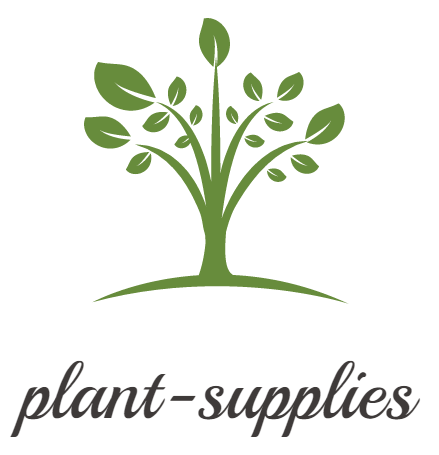The rules for washing commercial trailer and car are rather strict. These differences are due to the vastly different amounts of dirt that gather on various types of trucks and other vehicles. Cleaning technology must be capable of rapidly and reliably cleaning the vehicle's exterior while also being gentle on the vehicle's surface. This includes filth like tar spots, oils, and mud stains as well as seasonal accumulation (e.g. road salt, flower pollen, and leaves).
5 Steps to wash a Trailer or Car
The warmest time of the day is the worst time to wash your car if you want a streak-free finish. If the water is evaporated before the soap is rinsed, or worse, if it warps certain portions of the automobile that heat up in the sun, it could be dangerous. We have compiled a list of other tips for cleaning a car or a truck below.
Pre-Rinsing
When it comes to cleaning your automobile or truck, make sure the water you use is low-pressure so that it does not scratch it. It is possible to use a pressure or power cleaner to clean the car's undercarriage, engines, or wheels instead.
When the water is on hand, use it all. Using this method will prevent you from inadvertently scratching your vehicle. Soap will lather better, and the car will look cleaner as a result.
Make use of Car Soap and a Washing Mitt
If you do not know exactly what sort of paint your truck or automobile has, use car soap or detergent that is acceptable for all paint kinds and clear coats. Any other cleaning agent, such as dish soap, will remove the paint sealant. To keep your car wheels from rusting, use an all-wheel cleaning.
Simply wash your car using sponges or soft brushes. However, not all car washing equipment is created equal. If you want to see a gleaming truck or automobile, use our Premium Wash Mitt, which is comprised of a woolen, polyester, and nylon mix that contains more soap & water than comparable goods.
Use a different washing mitt or other car cleaning instruments on the wheels than you would on the body! The automobile paint will be scratched by brake dust and much other dirt on the dirtier wheels. To circumvent this, use a separate wash tool for each part. For a thorough clean, it may be preferable to choose a soft scrub brush on the wheels.
Ultimate Rinse
To avoid wasting water, start at the top and work your way down. To make sure you do not miss anything, it may be a smart idea to rinse in portions.
Drying
Using the Absorber, begin by drying your vehicle from the top down. Instead of cotton or microfiber, the Absorber is comprised of polyvinyl alcohol (PVA), which is more absorbent than any other material. Because of PVA's porous surface and superior absorbency, you will not need to go through a pile of clothes to dry your entire automobile with just one wring.
Waxing
Apply a tiny amount of wax to a soft pad following the directions on the wax bottle. Apply a thin layer of wax to portions of your car using circular motions that are delicate but forceful. Rubber, plastic, and unpainted parts of a vehicle should not be waxed. Repeat this process until the area is clear of haze. Apply additional wax to your instrument as needed.
For a more even application of wax, try using a dual-action or rotating polisher. Your comfort zone with such tools will have a bearing on this. Afterward, make sure to fix up any areas that may have been overlooked. Even if you do not feel like cleaning your car, you can still have it waxed.


